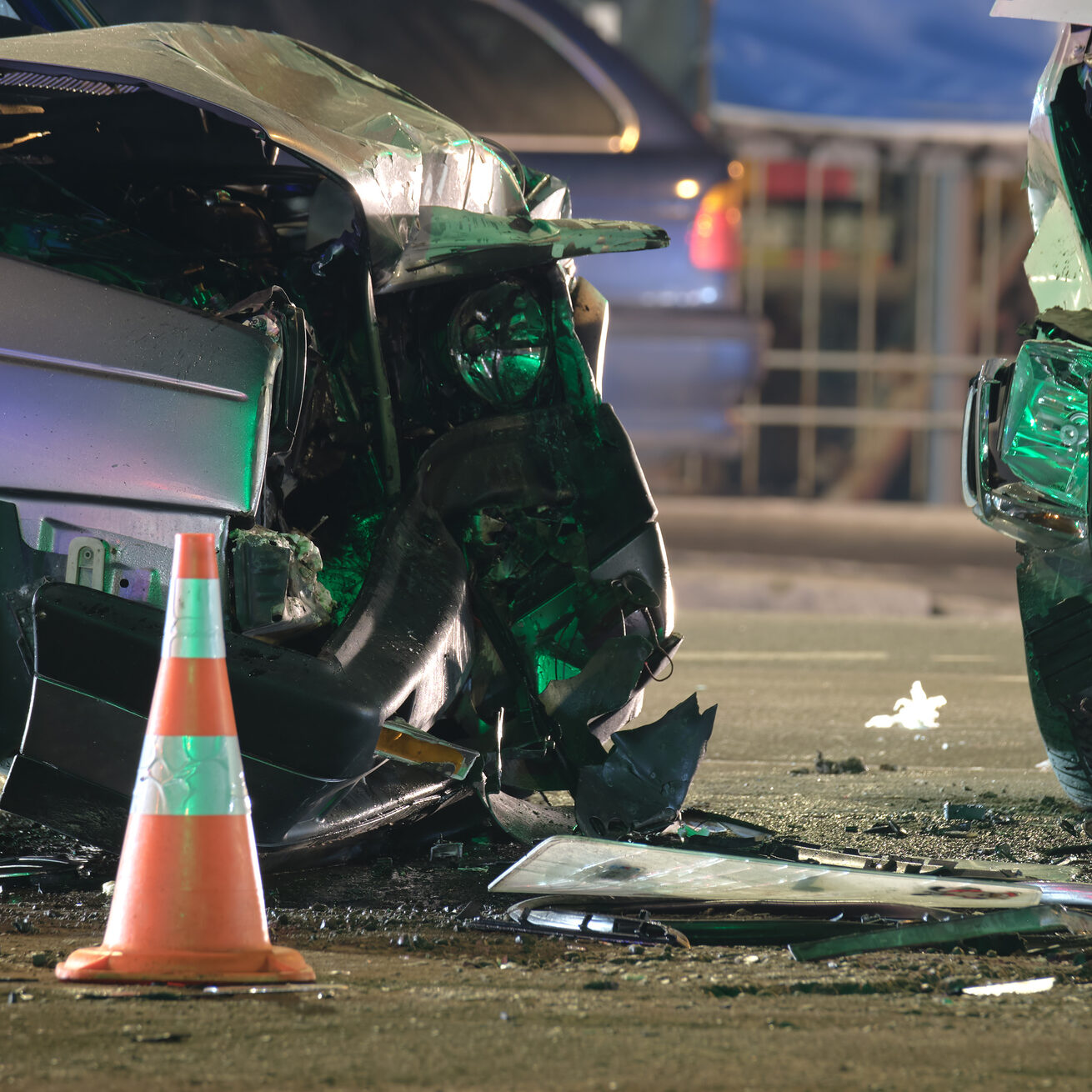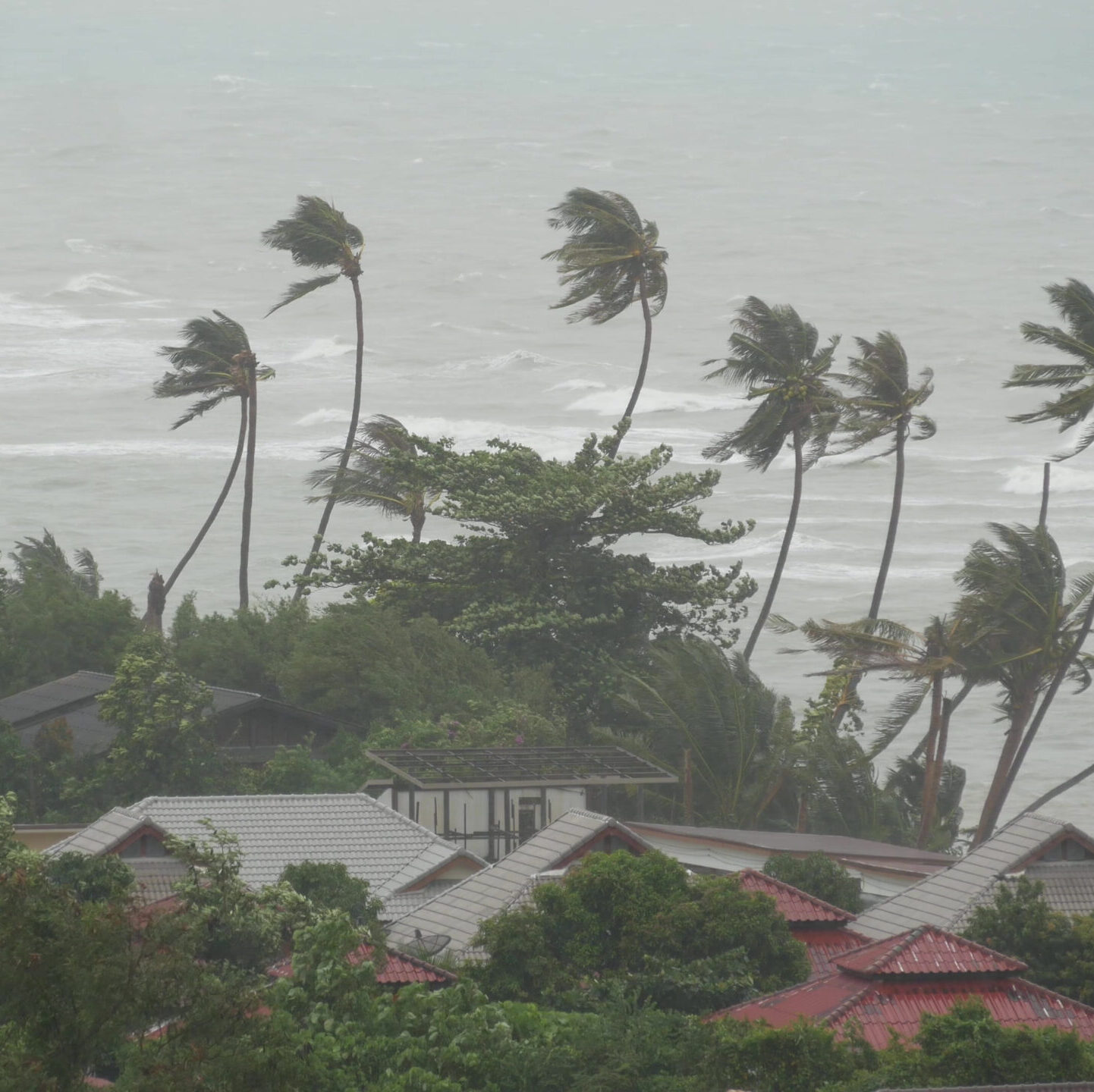
Civil Authority Coverage and the Coronavirus
Overview | Blog Posts | First-Party Coverage | K. Clark Schirle | Related | Print | Share
March 18, 2020
WILL ORDERS ISSUED BY GOVERNMENTAL AUTHORITIES TO DEAL WITH THE CORONAVIRUS CRISIS TRIGGER CIVIL AUTHORITY COVERAGE?
Governmental authorities across the United States have issued orders relating to the coronavirus (COVID-19). In my home state of Illinois, the Governor has issued executive orders prohibiting all public and private gatherings of 50 people or more, [1] closing public and private schools, [2] and mandating all businesses that offer food or beverages for on-premises consumption to suspend service for and not permit on-premises consumption.[3] Other states have taken even more drastic action. For example, the Mayor of Philadelphia ordered the shutdown of all nonessential businesses, followed shortly by a similar order by the Governor of Pennsylvania.
Commercial property insurance policies may have civil authority coverage. I have written about civil authority coverage in the past. See Civil Authority and Ingress/Egress Coverage, Claiming Lost Income after Hurricanes and Other Catastrophic Events, The Brief, Winter, 2018; Time Element Coverages in Business Interruption Insurance, The Brief, Fall, 2007.
Will orders issued by governmental authorities to deal with the coronavirus crisis trigger civil authority coverage? As a general rule, the answer is no.
COVERAGE
Generally, civil authority coverage is intended to apply to situations where access to an insured’s property is prevented or prohibited by an order of civil authority issued as a direct result of physical damage, caused by an insured peril, to other property in the proximity of the insured’s property. As one court stated, to provide coverage under a civil authority provision the insured must establish a loss of business income:
- caused by an action of civil authority;
- the action of civil authority must prohibit access to the described premises of the insured;
- the action of civil authority prohibiting access to the described premises must be caused by direct physical loss of or damage to property other than at the described premises; and
- the loss or damage to property other than the described premises must be caused by or result from a covered cause of loss as set forth in the policy. [4]
Typically, the coverage will have a geographic limitation, providing that the physical damage which triggered the civil authority order has to be property within a certain number of miles or feet from the insured location.
The first issue is whether there was direct physical loss or damage to property other than at the described premises that caused the action of civil authority. If there was no physical loss or damage, there is no civil authority coverage. Even if there was direct physical loss or damage, the second issue is whether the damage was from a covered cause of loss. Many policies have virus or bacteria exclusions. Others have recently written about these two issues. I will not address them in this paper. Nor will I address the requirement that the action of civil authority must prohibit access to the insured’s premises. I have discussed this before in my 2018 paper.
My focus, then, is on the requirement that the civil authority order has to have been issued due to or as a result of property damage that occurred prior to the issuance of the order. If the order was issued as a precaution in advance of anticipated or threatened damage to property, there is no civil authority coverage. In other words, there has to be a causal link between prior property damage, and a subsequently issued order. I discussed this requirement in my 2018 paper and cited to several hurricane cases. [5]
A February 2020 opinion from the United States District Court in South Carolina confirms that there is no civil authority coverage for governmental orders issued in anticipation or the threat of property damage. The insured in Kelaher, Connell & Conner, P.C. v. Auto-Owners Insurance Company [6] was a law firm in South Carolina that evacuated its premises for 3 ½ days after the Governor issued a mandatory evacuation order in anticipation of Hurricane Florence striking South Carolina. The law firm sought coverage under a civil authority provision for its business losses. The Court, on a motion for summary judgment, held that there was no civil authority coverage.
The coverage extension at issue provided for coverage for loss “which is a direct result of an interruption of the business covered by this policy because access to the described business premises is prohibited by order of civil authority because of damage or destruction of property adjacent to the described premises by the perils insured against.” The Court stated that the dispute was as to the meaning of “because of damage or destruction of property adjacent to the described premises.” In particular, the Court stated that it “must decide if the phrase ‘because of’ following ‘order of civil authority’ unambiguously requires the civil authority order to have a connection, link, or nexus to existing damage or destruction of adjacent property when it is issued.” [7] The Court held that the language was unambiguous, did require such a connection, and the insurer was entitled to summary judgment because there was no evidence that the civil authority order was issued “because of damage or destruction” to property other than the insured property. [8]
In making its ruling, the Court examined and found instructive the cases of Dickie Brennan & Company, Inc. v. Lexington Ins. Co., Jones, Walker, Waechter, Poitevent Carrere & Denegre LLP v. Chubb Corp., and South Texas Medical Clinics, P.A. v. CNA Financial Corp. [9] These three cases are discussed in my 2018 paper and cited in endnote 5 in this paper. [10]
The Court also examined the Governor’s September 10, 2018, Executive Order requiring the mandatory evacuation of several coastal areas, which included the specific zone where the law firm was located. The Court highlighted that the Executive Order does not reference “damage or destruction to property”. Rather, in reaching the decision to order a mandatory evacuation, the Executive Order considered that Hurricane Florence “will impact” and represents “a significant threat” to South Carolina, that it will require the State to take “timely precautions to protect property, critical infrastructure, communities, and the general safety, security, and welfare of the people” and that an “evacuation is necessary for the preservation of life in and surrounding the threatened area or for other emergency mitigation, response, or recovery efforts.” [11] As the Court summarized, none of the listed considerations reference to damage or destruction of any property. Rather, “the language is focused on the potential, future, or predicted impacts on life and property.” [12]
With these principles in mind, we turn to the Executive Orders of the Governor of Illinois.
ILLINOIS EXECUTIVE ORDERS
The Executive Orders make no reference to direct physical loss or damage to property.
Rather, the Executive Orders focus on the fact that COVID-19 “can spread among people through respiratory transmissions”, and that despite efforts to contain it, the World Health Organization and Centers for Disease Control “indicate that it is expected to spread”. [13]
The Executive Orders also state that in communities with confirmed cases, the CDC recommends mitigation measures, “including practicing social distancing, staying at home when sick, staying home when a household member is sick with respiratory disease symptoms or when instructed to do so by public health officials or a health care provider, and keeping away from others who are sick.” [14]
The Executive Orders also state that the CDC “recommends the cancellation or postponement of in-person events that consist of 50 people or more.” [15]
The Executive Orders also state that is necessary and appropriate for the State of Illinois to “immediately take measures to protect the public’s health in response to this COVID-19 outbreak.” [16]
The Executive Orders further emphasize social distancing, which consists of maintaining at least a six-foot distance between people, and that this is “the paramount strategy for minimizing the spread of COVID-19 in our communities.”
The Executive Order relating to the suspension of service for businesses that offer food or beverage for on-premises consumption also refers to the fact that the Illinois Department of Public Health recommends “residents avoid group dining in public settings, such as in bars and restaurants, which usually involves prolonged close social contact contrary to recommended practice for social distancing” and that “drastic social distancing measures are needed . . . to reduce the number of people who become sick at any given time and the possibility of exhausting our health care resources”. [17]
These Executive Orders do not trigger civil authority coverages. They were not issued because of prior direct physical loss or damage to property. They were issued to minimize the future spread of COVID-19 between people by mandating social distancing, all in order to protect the health of the public.
CONCLUSION
In analyzing whether there is civil authority coverage, you will have to look at the particular language in the policy at issue, the governmental order issued, and the case law in the applicable jurisdiction. However, as a general rule, there should be no civil authority coverage as a result of governmental orders issued to deal with the coronavirus issues.
Clark Schirle is a Partner in the Chicago office. He represents insurers in complex, First-Party commercial claims around the country. He can be reached at cschirle@butler.legal, 312-462-9142.
First-Party Coverage, Product Recall, Construction, Extra-Contractual, Product Liability, Casualty Defense Litigation and Third-Party Coverage
312-456-0900 | CHICAGO
[1] Executive Order 2020-07, issued March 16, 2020.
[2] Executive Order 2020-05, issued March 13, 2020.
[3] Executive Order 2020-07, issued March 16, 2020.
[4] Dickie Brennan & Company, Inc. v. Lexington Ins. Co., 636 F.3d 683, 685 (5th Cir. 2011); accord Kean, Miller, Hawthorne, D’Armond McCowan & Jarmar, LLP v. National Fire Ins. Co. of Hartford, 2007 WL 2489711, at *3 (M.D. La. Aug. 29, 2007).
[5] Dickie Brennan & Company, Inc. v. Lexington Ins. Co., 636 F.3d 683 (5th Cir. 2011) (no civil authority coverage for restaurants that had to close due to the Mayor of New Orleans’ mandatory evacuation order made in anticipation of Hurricane Gustav); Jones, Walker, Waechter, Poitevent Carrere & Denegre LLP v. Chubb Corp., 2010 WL 4026375 (E.D. La. 2010) (no civil authority coverage for law firm that had to close to due Mayor of New Orleans’ order in anticipation of Gustav); South Texas Medical Clinics, P.A. v. CNA Financial Corp., 2008 WL 450012 (S.D. Tex. 2008) (no civil authority coverage for medical clinics that had to close when a county judge issued an evacuation order in anticipation of the threat of damage to the county from Hurricane Rita).
[6] 2020 WL 886120 (D.S.C. February 24, 2020).
[7] Id., at *4.
[8] Id., at *6.
[9] Id., at *6—7.
[10] The Court also cited to United Air Lines, Inc. v. Insurance Co. of Pa., 439 F.3d 128 (2d Cir. 2006). The United Air Lines case involved the FAA ground stop orders halting airline traffic after the September 11, 2001 attacks. United sought coverage under a civil authority provision for its loss of earnings arising from the shutdown of Reagan National Airport, claiming that the closure was a direct result of the physical damage to an “adjacent” property, the Pentagon. The district court, and the court of appeals, held that there was no civil authority coverage. In particular, the government’s decision to halt airport operations was based on the fear of future attacks, not as a direct result of damage to the Pentagon. See also Paradise Shops, Inc. v. Hartford Fire Insurance Co., 2004 WL 5704715 (N.D. Ga. 2004) (no civil authority coverage for insured who had stores in airport terminals across the country, the FAA ground stop orders were not a direct result of damage to the World Trade Center, the Pentagon, or the field in Stony Creek Township, Pennsylvania, they were issued to protect against the threat of future attacks).
[11] Id., at *8.
[12] Id.
[13] Executive Orders 2020—04, 2020—05 and 2020—07.
[14] Id.
[15] Executive Order 2020—07.
[16] Executive Order 2020—05, 2020—07.
[17] Executive Order 2020—07.



